Maintaining the right inventory levels is vital—but tying up large amounts of cash in stock can limit your growth. Stock finance, also known as inventory finance, empowers businesses to hold the inventory they need without depleting working capital. It’s a strategic funding tool that turns static inventory into a powerful asset. Instead of letting your inventory sit on shelves as a dormant expense, stock finance transforms it into a powerful, revenue-generating asset. By unlocking the value tied up in stock, businesses can operate more flexibly, respond to market opportunities quickly, and scale more confidently.
In this blog, you’ll discover how stock finance works, how it can help your business scale without financial stress, and easy steps you can take to start using it effectively. Whether you’re a growing wholesaler, a seasonal retailer, or a business expanding into new markets—this article is your practical guide to inventory empowerment.
Let’s imagine this: your business is booming, orders are flying in, and your shelves are emptying fast. You want to restock—but your funds are tied up in slow-moving invoices, ongoing overhead, and upcoming payroll. You’re caught in a classic cash flow trap, forced to choose between growth and survival. It’s frustrating to see opportunity but lack the capital to seize it. Stock finance is designed for this very moment—to turn your inventory into a lever for growth rather than a burden on your cash reserves.

Fun Fact!
Did you know that retailers lose an estimated $1.75 trillion annually due to stockouts and overstocks?
That’s not just a supply chain issue—it’s a financial one. With proper inventory financing, businesses can reduce missed sales and surplus inventory, all while keeping their cash flow healthy.
1. Evaluate Your Inventory Needs and Sales Cycles
Before applying for stock finance, start by analyzing your inventory turnover rate and sales trends. Understand:
• Which products sell fast?
• What items are seasonal?
• Which SKUs give you the highest margin?
This insight helps you determine how much inventory to finance and when to do so.
Tip: Use sales data from the past 12 months to forecast future demand. Finance only high-performing or fast-moving stock to reduce risk and maximize ROI.
2. Upgrade Your Inventory Management System
Accurate inventory tracking is key to qualifying for and maximizing stock finance. You’ll need to demonstrate:
• Real-time inventory levels
• Stock aging reports
• Automated reordering systems
Warehouse organization and logistics
A cloud-based system like Zoho Inventory, QuickBooks Commerce, or TradeGecko can help you automate this process, reducing human error and boosting your creditworthiness.
Tip: Conduct regular inventory audits and keep digital records of stock receipts, movement, and disposals.
3. Calculate the Cost vs. Benefit
Before securing financing, calculate how much the funding will cost (interest, fees, handling, etc.) compared to the projected increase in sales and profits from holding additional inventory.
Example:
Cost of financing $50,000 worth of inventory = $2,500 (5%)
Expected revenue = $75,000
Gross profit = $25,000
Net profit after finance cost = $22,500
Tip: If the profit margin after financing remains healthy (20%+), the investment is usually worth it.
4. Choose the Right Finance Partner
Not all lenders are created equal. Choose a finance provider that:
• Understands your industry and product cycles
• Offers flexible repayment schedules aligned with your cash flow
• Provides transparent terms with no hidden charges
Why Trade Bancorp?
We specialize in trade finance and offer customized Stock Finance solutions tailored to your operational needs. Our team works closely with you to design a financing structure that aligns with your business strategy and growth goals.
5. Align Stock Finance with Sales and Marketing Strategy
Stock finance shouldn’t just be about keeping shelves full—it should support an active sales plan. If you’re planning:
• A seasonal promotion
• Entering a new market
• Launching a new product line
• Partnering with new distributors or retailers
Use stock finance to fund the inventory you’ll need for success.
Tip: Coordinate with your marketing and sales team so financing is aligned with go-to-market timelines and promotions.
6. Avoid Overstocking: Stay Lean and Profitable
The ease of stock finance can tempt some businesses to overstock, which increases holding costs and risks of unsold goods. Always assess:
• How long inventory sits on shelves
• Product expiration or obsolescence risks
• Trends that could affect future demand
Tip: Keep 20–30% safety stock buffer, but avoid excessive buildup. Financed inventory should turn over within 60–90 days for optimal cash flow.
7. Monitor Performance and Adjust as Needed
Treat your stock finance initiative as a live strategy—not a set-it-and-forget-it approach. Monitor key metrics:
• Inventory Turnover Ratio (ITR)
• Days Sales of Inventory (DSI)
• Cost of Goods Sold (COGS) vs. Financing Cost
• ROI on financed inventory
Tip: Meet with your finance provider quarterly to review performance and make necessary adjustments.
At Trade Bancorp, we understand the importance of inventory in driving your business forward. Our Stock Finance solutions are built to help you hold stock without draining your cash—so you never miss a sale or growth opportunity again.
Ready to take control of your inventory without financial strain?
Contact us now to speak with a trade finance expert or visit our Services Page to explore our full suite of solutions


